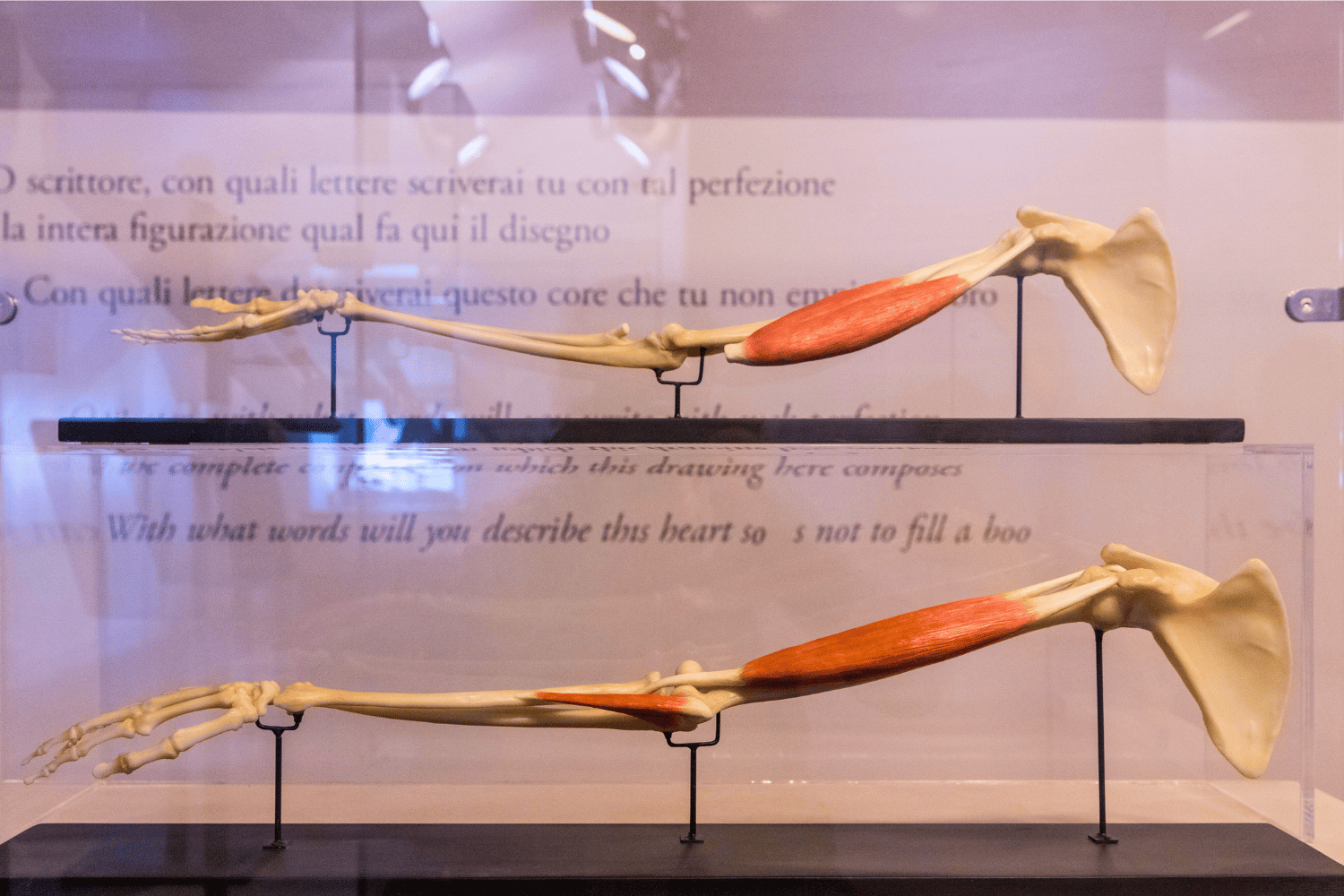Leonardo studied the upper limbs and their functional possibilities all throughout his life. In particular, he analyzed the instruments making their movement possible: bones, muscles, and joints. The two wax models inside the display case reproduce the movements of pronation and supination of the arm, which allow the palm of the hand to turn upward or downward.
In the anatomical model positioned farther up, the two bones that form the forearm, the radius and the ulna, are parallel: in fact, the arm is in supination. In the second model, farther down, the two bones cross, becoming oblique, and here the arm is in pronation.
The muscles responsible for the rotation of the hand, the biceps and the round pronator, are painted soft red. Leonardo was among the first to analyze the relationships between the bone components, going even so far as to point out the shortening of the arm in the pronation phase, a discovery only recently confirmed.
Technical informations
Type of exhibit
Model
Collection
Material
Wax sculpture
Storage location
Relationship with the original work
Source: Leonardo da Vinci, Windsor Collection, f. RL 19000 v
Location
Museo Leonardiano, Palazzina Uzielli, second floor
Related exhibits
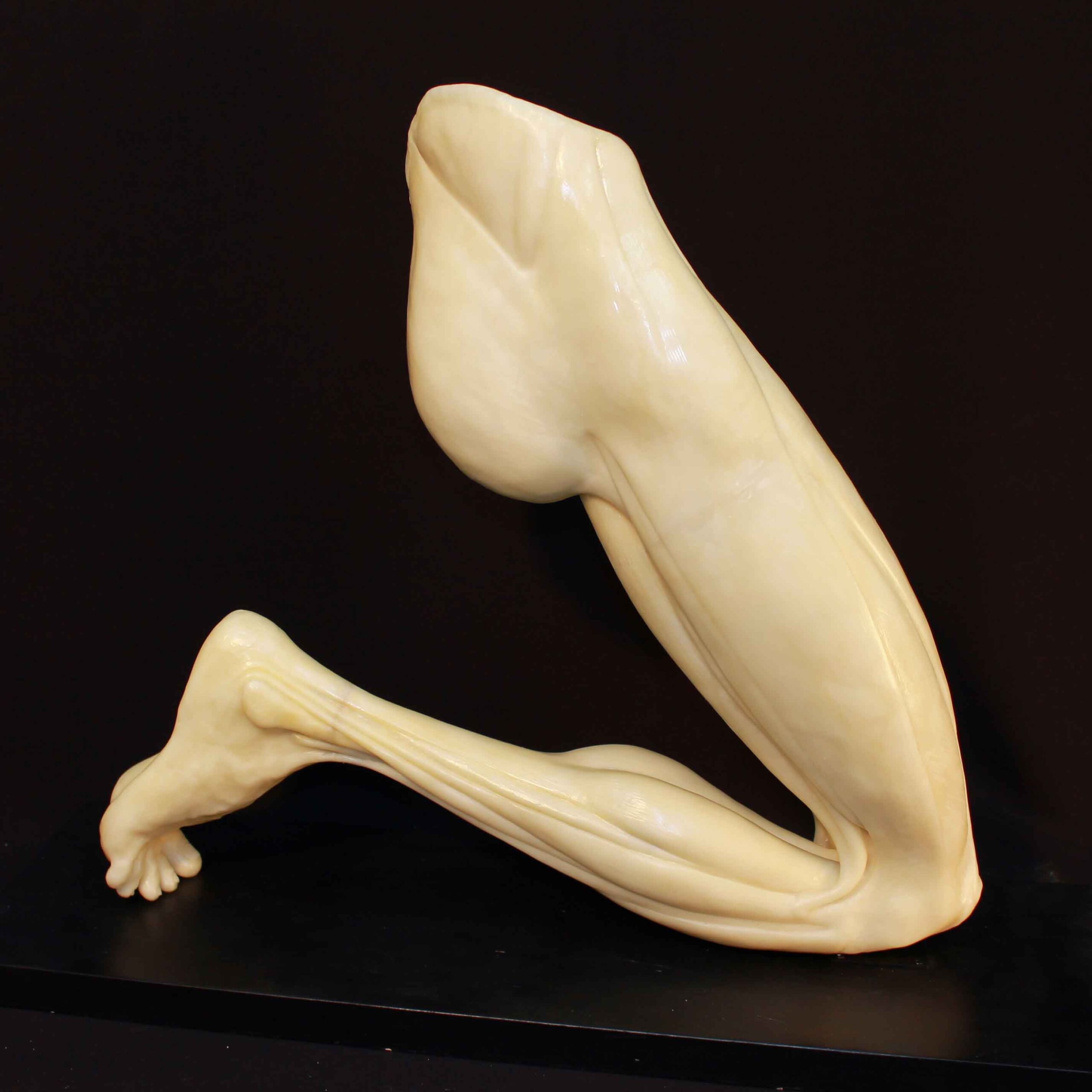
Lower limbs in kneeling position
Studies of the upper limb in pronation-supination
2016
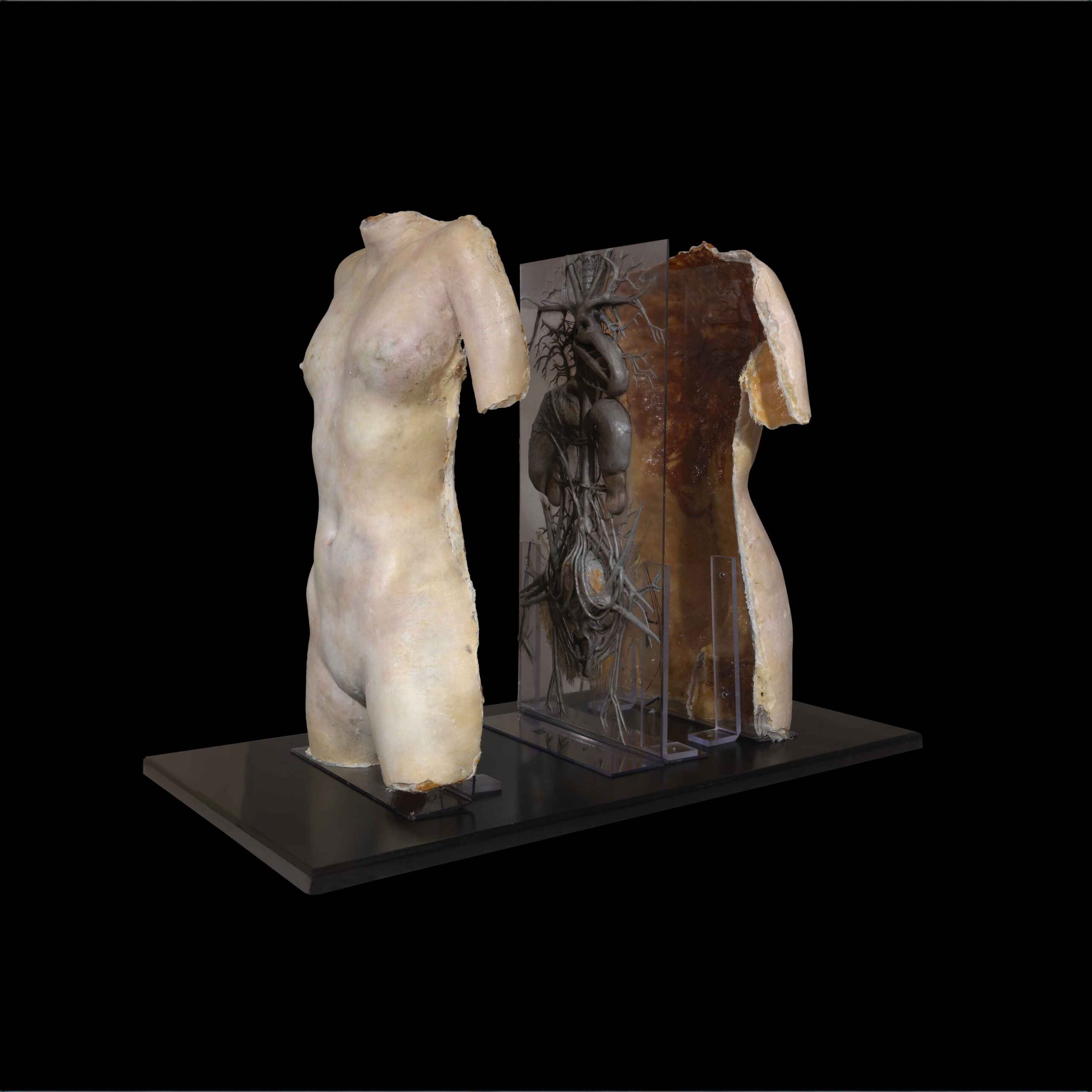
Situs viscerum in a female body
Studies of the upper limb in pronation-supination
2016
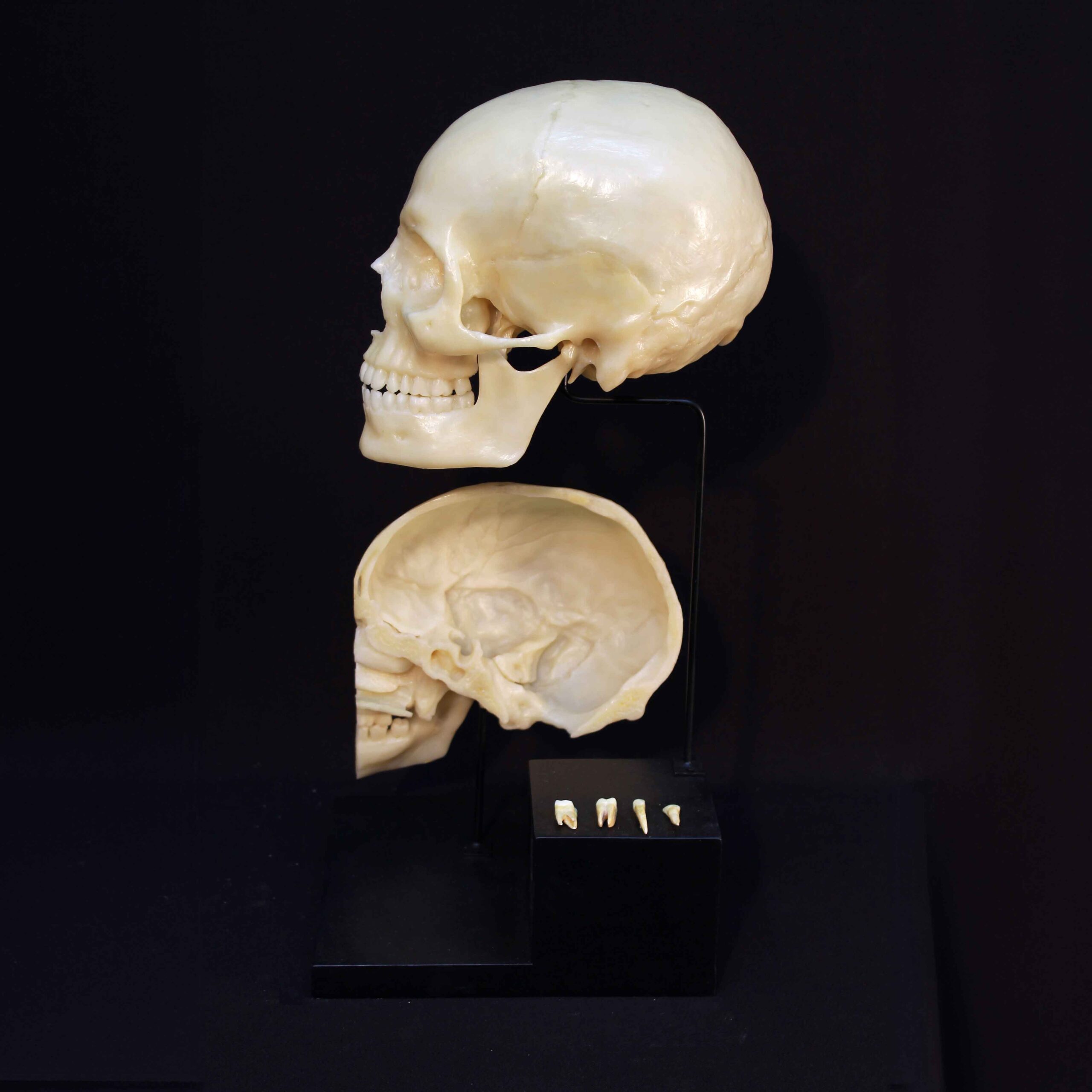
Studies of the cranium
Studies of the upper limb in pronation-supination
2016
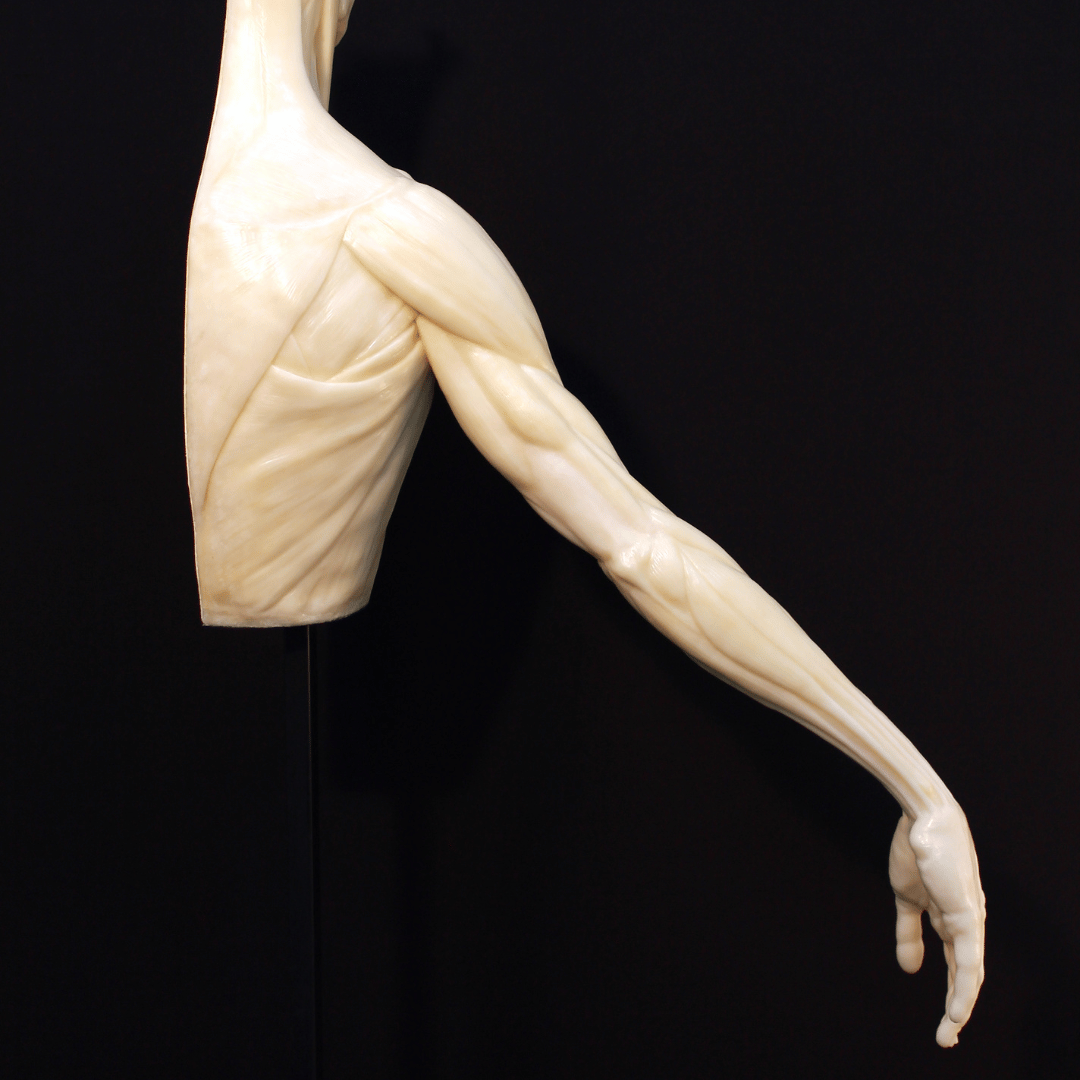
Studies of the upper limb
Studies of the upper limb in pronation-supination
2016
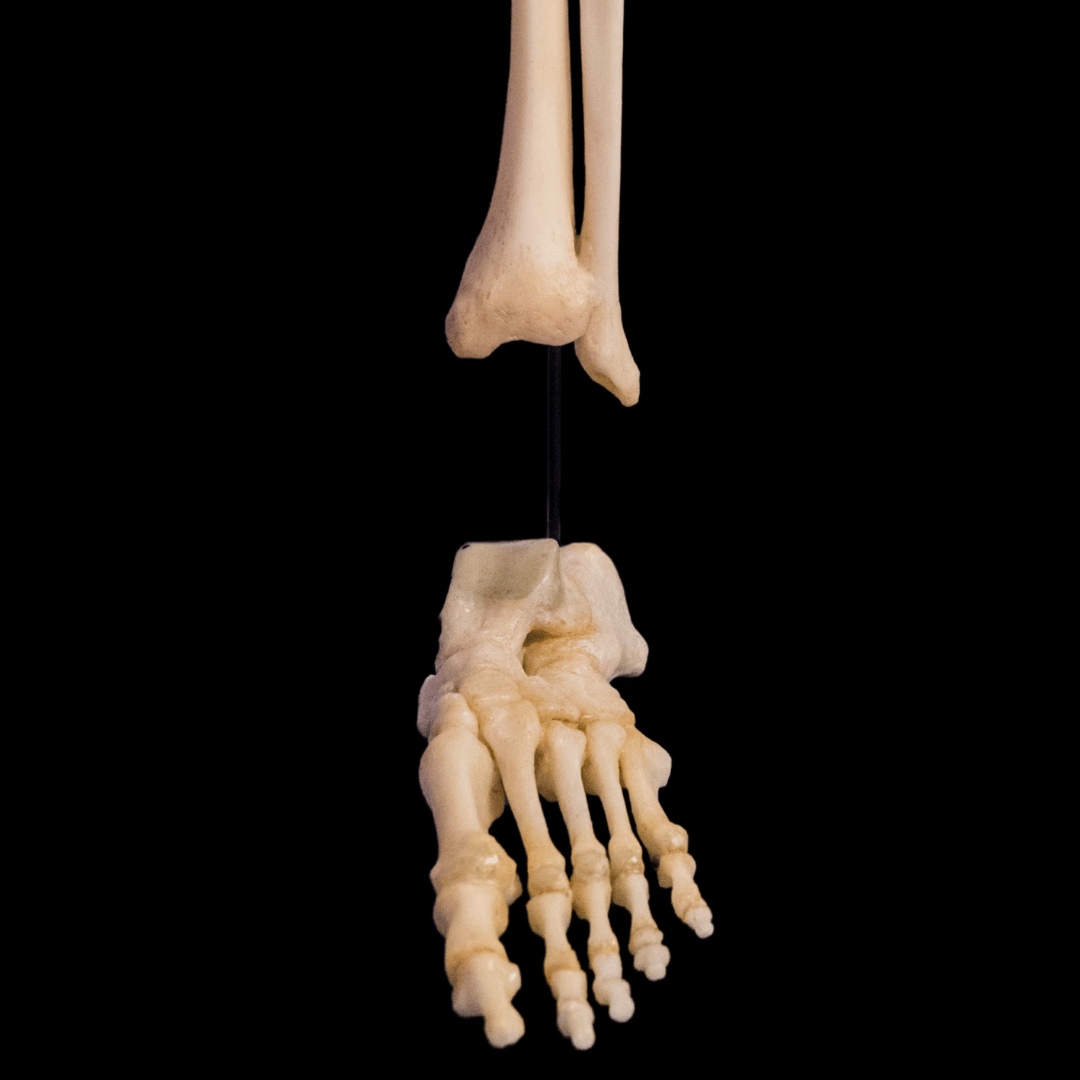
Studies of the joints of the foot
Studies of the upper limb in pronation-supination
2016
Last update: 14 October 2025, 11:25
